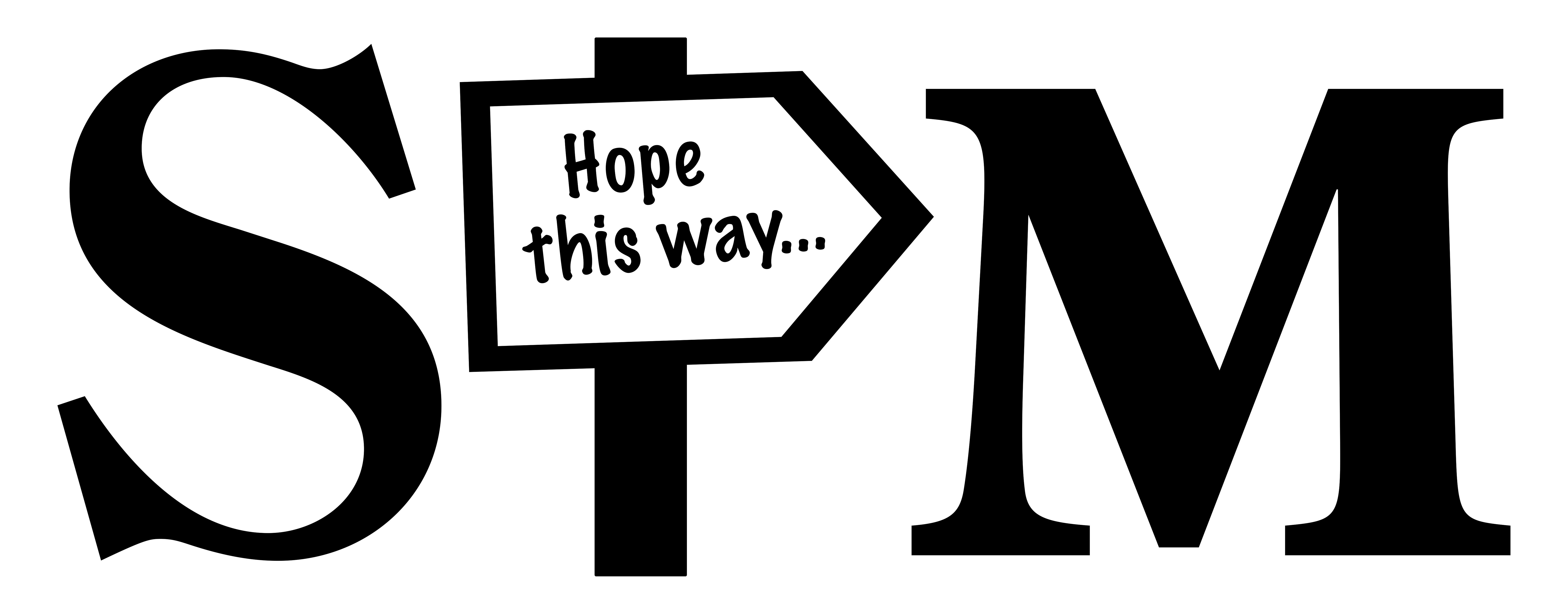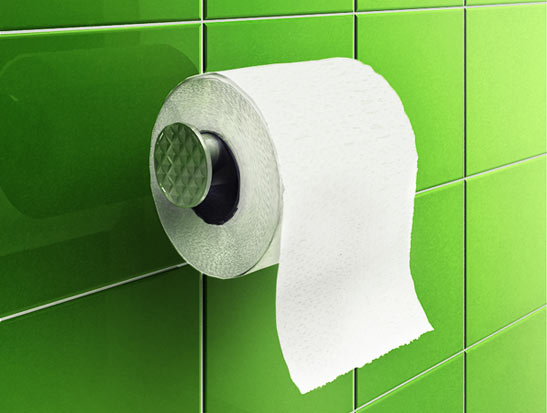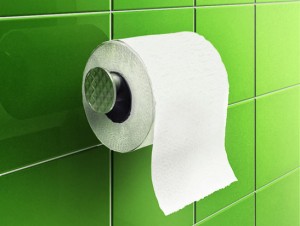You can be allergic to your toilet paper.
Seriously.
I know, right now you’re probably thinking, “Man. Do we have to worry about being allergic to everything nowadays?” But it’s true, and I need to warn you.
Depending on your parent’s spending philosophy, you probably grew up using one of two kids of toilet paper: the most expensive toilet paper money could buy, or the cheapest. Those of you stuck with the individually wrapped sandpaper rolls probably didn’t appreciate your parent’s frugality at the time. Now you have a reason to thank them. They may have saved you from an unpleasant toilet paper allergy.
The soft, cushiony, snowy white toilet paper we see advertised by squeezably soft bears and clouds are more expensive for a reason. They’ve been through more processing to go from being something like a splinter, to something like a piece of paper, to something like a powder puff before hitting your grocery store shelf. Chemicals such as bleach are used to whiten, brighten, and soften the paper. Glue attaches the the paper to the roll and keeps the beginning end down so it doesn’t fray out.
And they have to be more expensive to cover the cost of all that advertising.
After repeated exposure over time, people can develop an allergy to either the chemicals used in the processing of toilet paper, or simply to the glue that keeps the ends in place.
Sensitization to the allergen occurs as your body gradually creates a more and more dramatic response to the “invader” that is coming in contact with not just your skin, but with mucus membranes. Eventually your bottom may just decide it’s not happy with how it’s being treated, and it will Let. You. Know.
How can you and your family avoid developing a toilet paper allergy?
Here are a few tips:
- Buy “unbleached” natural toilet paper from specialty stores such as Trader Joes or Earth Fare.
- Toss out the beginning and end of your toilet paper roll to avoid wiping glue against your skin.
- Save money and your health by using the cheapest toilet paper you can find. The softer and whiter the paper, the more processed.
- If you or your child already has an allergy or irritation from your toilet paper, use hypo-allergenic baby wipes for a while. These will help you recover before switching to the scratchy unprocessed toilet paper. Just remember- unless they’re the flushable kind, don’t flush wet wipes down the drain!
So don’t be afraid to go for the cheap stuff the next time you’re strolling the paper aisle at your local grocer. If it could, your bottom just might thank you.
Click here for image credit and to find out more about how recycled toilet paper is potentially hazardous. (This link will take you to 1800recycling.com)



Thank you!!!! As much as that amused me it informed me! Who woulda thought? Actually it makes sense…
I have come to the conclusion that my toilet paper is my enemy. Presently I am looking for a more friendly brand. Any suggestions?
I found Hill Country Essentials 1000 Sheets at my HEB grocery store. It’s the only single ply tissue I found. I’ve found that it’s the adhesives that I’m allergic to….not just at the start of the roll, but whatever glue they use to hold the “plys” together. This brand is so thin it’s practically transparent, but not at all scratchy.
Thanks for the tip on Hill Country Essentials!
It also depends on the ingredients used. My family is allergic to gluten, I am allergic to corn. The products to use will all be different for each individual. Just something to keep in mind.
Be careful, recycled rolls might have BPA (unhealthy chemicals – cancer causing agents) there are a few eco friendly brands that don’t have BPA. Check before you purchase.
Thank you for your article! I finally (after about three years…duh!) deduced that the common denominator to my chronic severe itching and even bleeding anal irritation was: toilet paper! When we went camping for a month and all I used was the thin RV toilet paper, the horrible itching ceased. When I returned home and started using the Kirkland (Costco) brand cushiony TP, the rash came back with a vengeance! Did some experimenting and..yep! it’s the toilet paper. Just buying one ply, non bleached now and so much happier! Thanks again!
I wish I would have read this article 10 years ago!!! I grew up in the cheap tp tax bracket, but switched to Cottonelle when I had my first child (laugh if you must, but it was a “movin-on-up/only the best for my baby” move, when he started using the big-boy potty). I’ve been chronically itching, burning, Embarrassed, googling, doctor-visiting (they say it’s something I ate), diet altering, bleeding rash having, EMBARRASSING….drs…drs…drs….referring me to other doctors…..Ever increasing, and frequent PAIN…Loss of sleep, loss of hope, anal fissure, $1200 colonoscopy having 10 year nightmare!!!
And low and behold…it was a stupid/unheard-of allergy to friggin toilet paper. I felt so gross and embarrassed for so long.